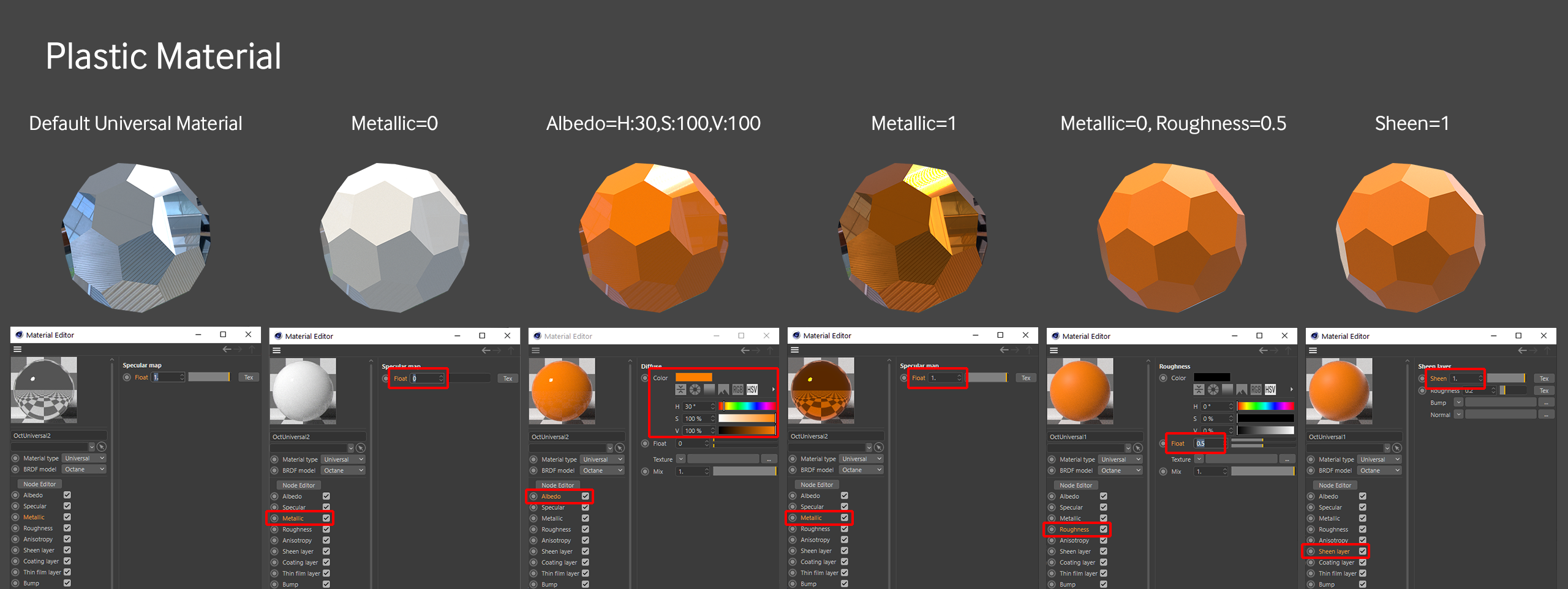

You cannot freely determine the mirror axis interactively when in the object or world coordinate system. The mirror axis must be placed through a point of the object.

When using the object or world coordinate systems, Snap to Points is enabled automatically. With this function you can, for example, mirror a cube precisely over one of its edges. If the option is enabled, the mirror axis is positioned automatically to the point nearest the mouse pointer, provided that the mouse pointer is within a polygon of the selected object. When using interactive mirroring in the viewport, this defines whether the mirror axis is to snap to the points of the object (in screen mode). If this option is enabled, existing frozen selections or Vertex Weight tags are used when mirroring. This gives you a mirrored copy of all the selected elements. If the option is enabled, the selected elements are first duplicated then mirrored. If this option is disabled, the selected elements are simply mirrored. This works only with the object and world coordinate systems and allows you to freely define the distance of the mirror axis from the axis origin. Use this to position the mirror axis numerically. Upon mirroring, the points will be arranged on the mirror plane within the distance defined in the Weld Points value. If you first click in the area of the right or left window border, you get a vertical mirror axis. If you first click in the area of the upper or lower window border, you get a horizontal mirror axis. In this mode, the object is mirrored in the current projection plane. Like the object system, the world mode also allows the input of numeric values (see Value). This mode is the same as object mode, except that the element is mirrored over the selected world axis. The object mode also allows the input of numeric values (see Value). You do not necessarily have to be in point mode the points are also located in this way in polygon mode. The object is then mirrored exactly through this point. The mirror axis automatically locates itself on the nearest point. First, David produces simple mirror boxes with a chandelier object, using a mix material and a few settings changes.
#Mirror material cinema 4d how to#
You can set the mirror axis using the mouse by clicking directly on an object point. In his inaugural 3D video tutorial for School of Motion, Cinema 4D and Octane artist David Ariew uses a chandelier to demonstrate how to create infinite mirrors and then takes it much further. In this mode, the object is mirrored about the object axes. Selects the coordinate system for the tool. This means you can control the mirroring directly with the mouse to choose which axis is to be used for mirroring, click and drag until you see the axis you want, then release the mouse button. The selected points are mirrored as a new segment. This tool functions in point or polygon mode. If no surfaces are selected, all surfaces are mirrored. Function available in CINEMA 4D Prime, Visualize, Broadcast, Studio & BodyPaint 3D Using the Mirror tool, points and polygons can be mirrored. In polygon mode, the selected surfaces are mirrored. If no points are selected, all points are mirrored. In point mode, only the selected points are mirrored (without their surfaces). Using the Mirror tool, points and polygons can be mirrored. Function available in CINEMA 4D Prime, Visualize, Broadcast, Studio & BodyPaint 3D


 0 kommentar(er)
0 kommentar(er)
